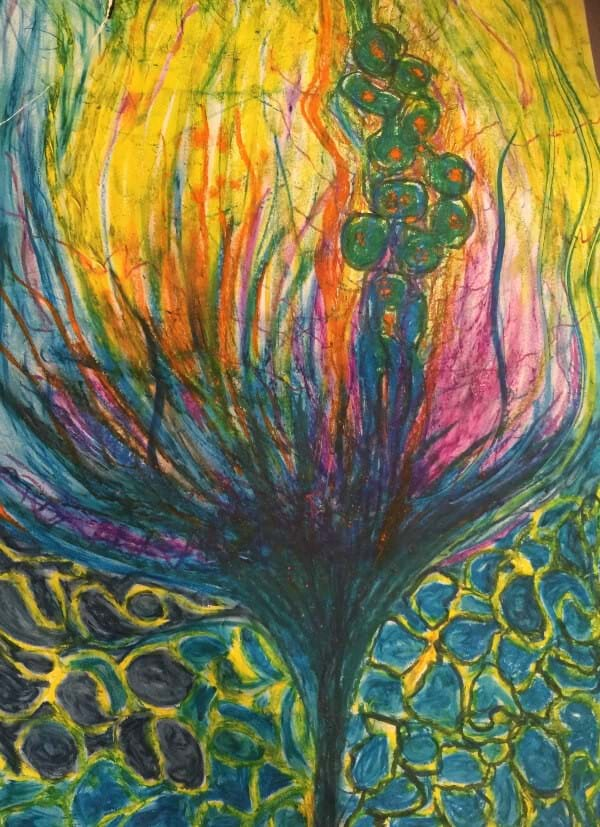Learn the Steps to Know the Phases - How EMDR Works?You must learn the steps to learn the phases of EMDR and how it workPosted by Madeline White on April 24th, 2024
You must learn about EMDR, which stands for Eye Movement Desensitisation and Reprocessing Therapy. But what does it mean? Most people have probably never heard of EMDR. It is a relatively new treatment method, and research has shown that it is effective in treating all levels of trauma and disturbing memories. But, how is it different from other treatment methods, according to NDIS professionals? One of the most vital aspects of EMDR therapy is that it is unique in its effects. Unlike traditional talk therapy, EMDR is a gradual and intensive approach to treating trauma and other symptoms. How does EMDR work?Phrase 1: History Gathering and Treatment PlanningIn this phase, the therapist becomes familiar with the client’s history and trauma. In addition to getting to know the client, the therapist and client work together to identify specific target events for EMDR. EMDR therapy focuses on one disruptive event at a time. This process can be repeated for as many events as needed. Phrase 2: PreparationThe therapist discusses the entire process and expectations with the patient. This includes explaining all the steps, practising eye movement without thinking about the events, and answering questions. They also share tools and resources that patients can use as support between sessions. In this way, patients can feel safe while processing trauma memories on their own. This phase also aims to build trust. Phase 3: AssessmentEMDR therapy utilises special scales called the Subjective Disability Unit (SUD) and Cognitive Validity (VOC) to understand how the patient perceives themselves and the impact of trauma. These scales provide therapists and patients with objective criteria for understanding the severity of the event. Both scales are used continuously to understand how the patient processes the event. Phase 4: DesensitisationEye movements are performed. The patient focuses on the memory and the therapist guides the patient through specific eye movements. This process continues until the memory no longer causes the patient distress, followed by setting, a body scan, closure and reassessment. We hope you have found this post helpful; thus, share it with your loved ones and stay tuned with us for more updates!
Like it? Share it!More by this author |



